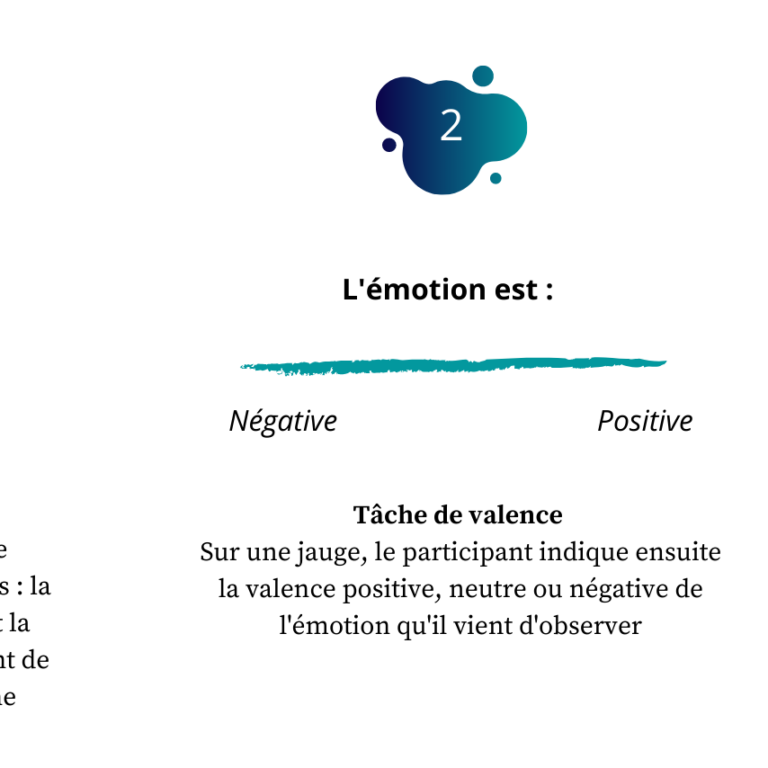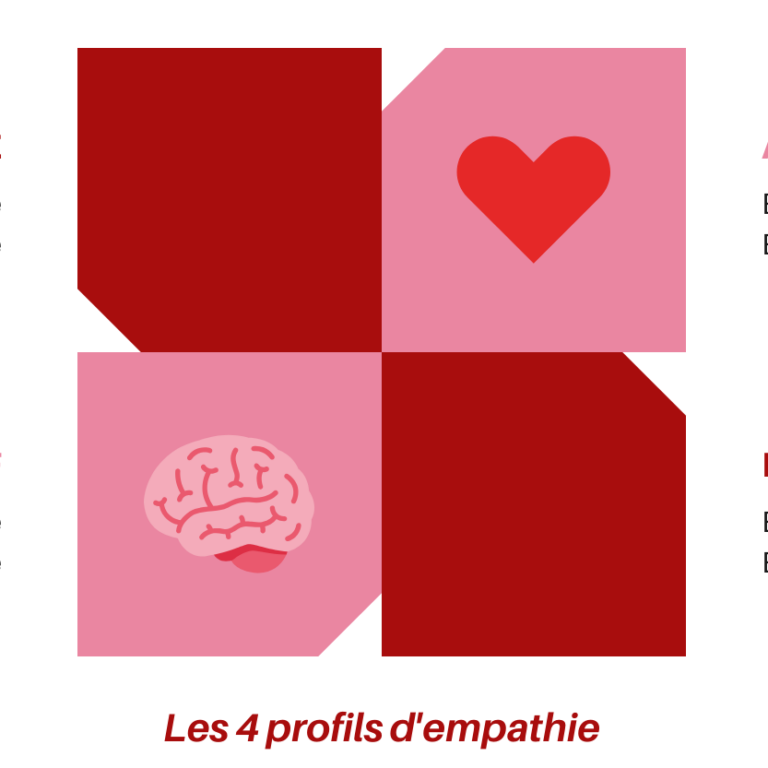Reading time: 5 minutes
Over a year ago, in partnership with IRBA (Institut de Recherche Biomédical des Armées), we began a research program aimed at better understanding the role of empathy, emotional regulation and their interaction in the face of stress.
Our main hypothesis was that a good level of empathy would be linked to better emotional regulation and thus protect against the harmful effects of stress on mental health. Indeed, numerous studies have shown that empathy contributes to the psychological health of individuals, and is a protective factor against stress-related pathologies.
WHAT QUESTIONS WILL WE ANSWER?
Before revealing the results of the first phase of this research, we’d like to redefine the notions of emotional regulation and empathy.
Emotions are real indicators for understanding a situation and ourselves. But emotions can also handicap us, particularly when, in the face of a given situation, they are unjustified, of inappropriate intensity or duration. Hence the need to be able to influence what emotions we have, when we have them, and how we feel and express them. This is what we call emotional regulation. Through a complex psychological process, the individual can trigger, inhibit, maintain or modulate his or her affects (feelings, memories, heart rate, laughter…).
Empathy, on the other hand, refers to the ability to identify emotions in others and to understand their reason and motivation. This requires two types of empathy. Affective empathy, which enables us to feel the emotions of others. And cognitive empathy, which enables us to understand the other person’s point of view, taking into account their differences, personality, history, culture, living environment, and so on.
What’s the link between these two concepts?
Well, both types of empathy are necessary for good emotional regulation! Good affective empathy enables you to understand and share the emotions of your interlocutors, and can defuse emotionally difficult situations. Conversely, if you’re easily overwhelmed by emotions, you may have difficulty accessing cognitive empathy.
This study will answer a whole host of questions currently being asked by the research community concerning empathy and emotional regulation, such as:
- What best describes, in terms of behavior and psychological traits, a person with a mature level of emotional and cognitive empathy, compared to someone with a low level of empathy?
- Can we, for example, guess a person’s level of empathy just from the way they look at a face to decipher emotions?
- Are women really more empathetic than men, as we might instinctively think?
A few months ago, we completed the first phase of this research program, and now we’re sharing a preview of the results with you.
METHODOLOGY
The study involved 166 participants aged 18 to 60. Here’s our methodology:

We defined 4 empathy profiles based on the questionnaires:

WHAT WERE OUR RESULTS?
We’ve discovered that you can tell a person’s empathy profile just by the way they look at faces!
Faced with the emotions of others, we have been able to identify two main types of visual exploration in an individual:
- Passive: the observer looks at faces without moving his or her eyes too much, in a rather lazy way, and only very rarely focuses on the discriminating zones (eyes, mouth, nasion, nose) that enable optimal identification of the different emotions.
- Active: the observer looks precisely at the areas of the face that allow an emotion to be identified (eyes, mouth, nasion, nose) and moves dynamically from one area to another.
We found that people with mature empathy looked directly at the areas of the face that identify an emotion. Whereas people with low empathy tend to look everywhere but where they should. Therefore, where you look, when you look and how long you look at faces to identify an emotion are influenced by your empathy profile!
WHAT ARE THE PRACTICAL APPLICATIONS OF THIS RESEARCH?
- Thanks to these innovative results, we could develop and refine devices for assessing, training and remediating empathy and emotional regulation. It has already been shown that these two traits can be developed through training (Ahmad, 2020), we bring here another approach to development. For example, this type of remediation could have a place with nursing staff. Confronted on a daily basis with the suffering of others, this can lead to empathic distress, where the distance between oneself and the distress of the other becomes blurred. The deleterious impact on work becomes inevitable and can lead to burn-out.
- Our results provide a better understanding of empathy profiles to determine which are protective factors against stress.
A FEW RESEARCH ANECDOTES
Anecdote n°1:
There are gender differences
The myth is confirmed!
Right from the start, we observed a significant over-representation of women in the mature empathy profile, and a high proportion of men in the cognitive profile. What’s more, when men stare at a face, they look at each area for longer, making it a passive visual exploration profile.
Also, women rate happy faces as happier than men. This seems to reflect a positivity bias. What’s more, when faced with a surprised face, women rate it as either negative or positive, while men rate it neutrally.
Anecdote n°2
There are differences according to marital status (couple vs. single)
To establish empathy profiles, we asked participants to take the Simon Baron Cohen test. The aim was to identify the emotion expressed by 36 photographs of gazes, from a choice of four emotions for each photograph.
Statistically, it turns out that… single people are less good at identifying emotions in an image than people in a relationship! What are the reasons for this?
- Hypothesis no. 1: People in couples have a higher level of empathy training, due to their more frequent social stimulation.
- Hypothesis n°2: there’s a form of selection where to be in a couple, you need to have a high level of empathy.
We’ll let you choose your favorite
Anecdote n°3
There are differences in the way stress is experienced
Individuals who have experienced significant stress in their lives find it harder to notice a neutral face than people who have not. They take longer to respond. However, when faced with a face of disgust, people who have experienced stress respond faster than those who have not.
It would therefore seem that there is a link between the way we detect and interpret emotions, and the stress we experience throughout our lives.
We’ve just presented phase 1 of a larger study that’s not yet complete, and yet the scope of application is already wide-ranging. We look forward to sharing the results of the next phase with you!
See you soon!
Author: Anaïs Roux
SOURCES
- Coutrot, A., Kibleur, A., Le Chénéchal, M., Lefranc, B., Ramdani, C., Trousselard, M., Chatel-
Goldman, J. (2019). “Idiosyncratic face exploration strategy is influenced by face’s emotion type and observer’s empathic profile”, European Conference on Visual Perception. Leuven, Belgium. - A. Ahmad, H. Wahab, N. Seman. (2020) The effect of educational intervention on enhancing the empathy among nursing students.


